Shoebox
We humans love our mental drawers. Once labeled, it’s hard to peel the sticker off again.
There it stands: the Subaru Libero. Worn-out, boxy, tiny – and yet somehow sympathetic. Almost cult-like, a kind of guilty pleasure. For the longest time, I had filed these kinds of microvans into the drawer labeled Microvan.
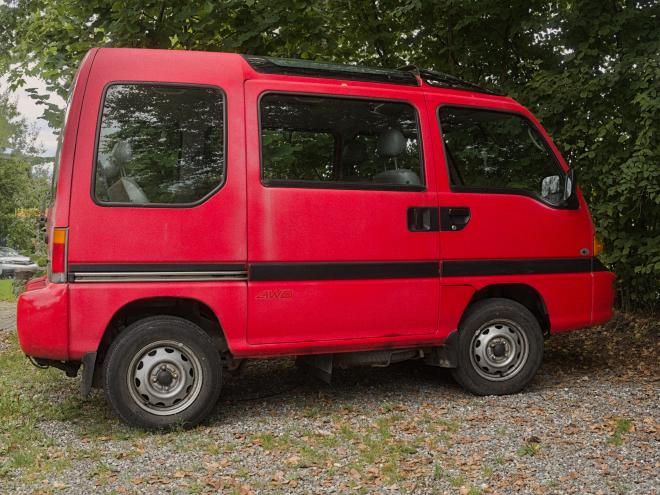
“That’s the kidnapper’s car,” my colleague says with a laugh, pointing at the white van parked on the roadside in India. From that moment on, I started to see these grotesque little transporters in a different light.
The red one in front of me is not a classic Maruti Omni – the model that rose to infamous fame as a “kidnapper car” in countless Bollywood movies. But the label sticks, like a piece of duct tape slapped over the old tag: Kidnapper.
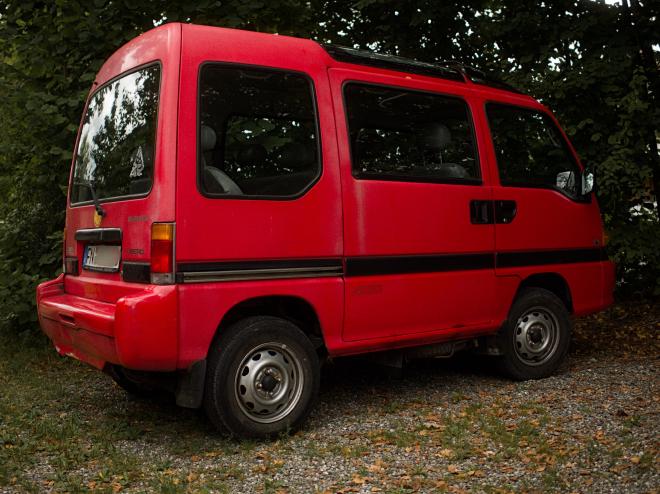
And now it sits here, in the parking lot of a Waldorf school. So innocent, almost shyly pressed against the hedge. Hopefully, no one has ever been kidnapped in this 90s relic. If you take a closer look, the chrome letters spell out Superdeluxe – hardly timeless, more like a desperate attempt to dress up a vehicle built for pure pragmatism.
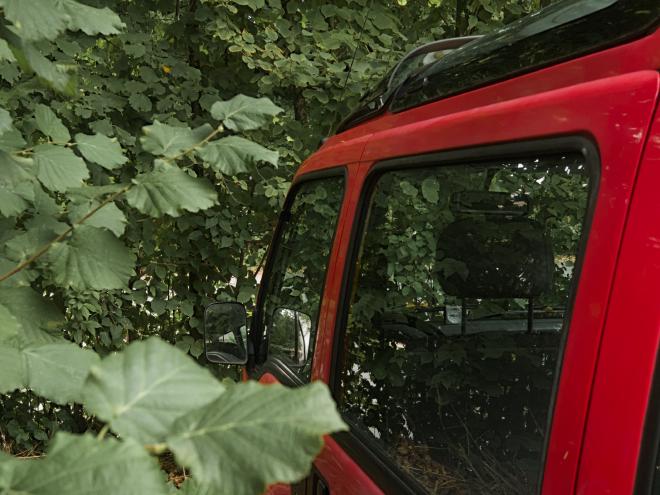
Standing there in its corner on the gravel lot, the Libero feels less like a car and more like a time capsule. A quick peek through the side window confirms it:
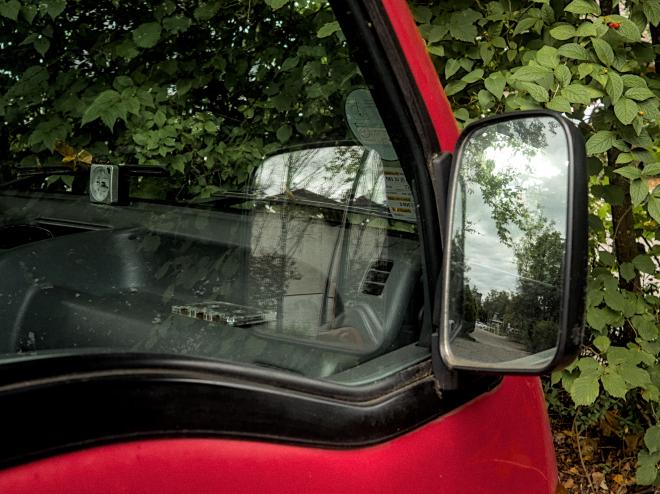
On the dashboard lies an audio cassette. Instantly, memories come back – of mixtapes, of endless hours recording songs off the radio, of the frustration when the tape player chewed up the ribbon and you had to rewind it with a pencil. Next to it, a modest analog clock keeps ticking. Unexcited, timeless, almost reassuring.
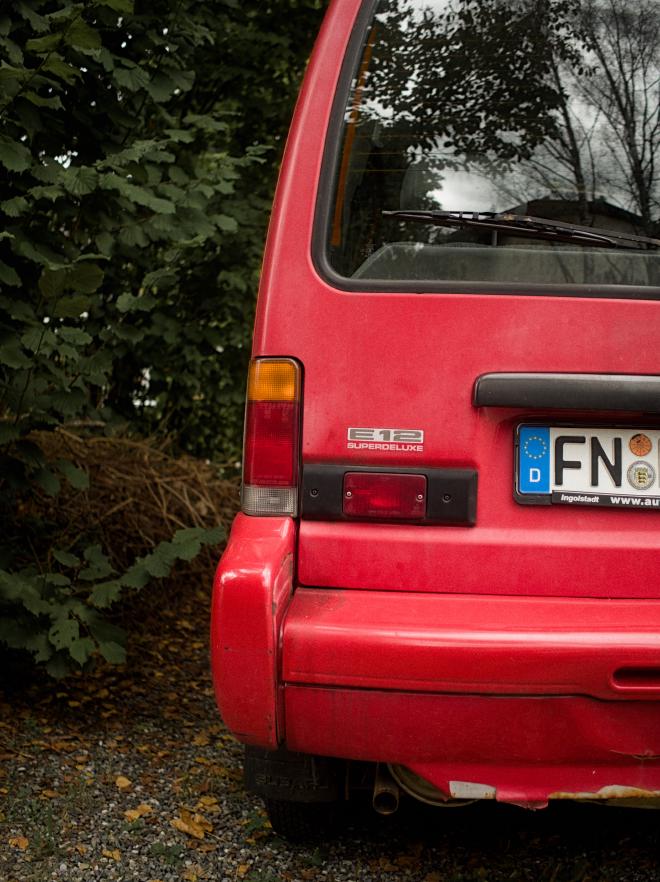
It’s almost a pity how much pop culture – Bollywood in particular – shapes our perception. What remains is not a small, quirky van but a symbol, more about projection than reality.